Comprehensive Guide for Hydraulic System Maintenance
Product Overview
This detailed manual serves as an essential resource for the effective maintenance and operation of hydraulic systems. It provides step-by-step instructions, troubleshooting tips, and specifications necessary for the upkeep of high-performance machinery. Whether you’re involved in assembly, disassembly, or routine checks, this guide offers the knowledge you need for efficient system management.
Table of Contents
- Index and Foreword
- Specification
- Structure and Functions
- Standard Value Table
- Testing and Adjusting
- Troubleshooting
- Disassembly and Assembly
- Appendix
- Circuit Diagrams
- Index
Key Features
- Detailed instructions for bleeding air and flushing cylinders
- Comprehensive circuit diagrams for troubleshooting
- Clear guidance on oil level and maintenance checks
Benefits
- Efficient Maintenance: Streamlined processes ensure your equipment remains in peak condition.
- Ease of Use: Clearly illustrated diagrams and step-by-step instructions enhance understanding.
- Cost-effectiveness: Minimize downtime by following preventative measures outlined in the manual.
Usage Recommendations
- Bleeding Air and Flushing Cylinder with Piston Valve:
- Run the engine at low idle. Extend and retract the cylinder for five minutes without reaching the end of the stroke.
- Operate the piston rod approximately 100 mm from the end of the stroke. Avoid relieving the circuit.
- Retract the cylinder to 100 mm before the end. Use fine control to retract to the stroke’s end, holding for 3 minutes.
- Bleeding Air and Flushing Cylinder without Piston Valve:
- Check the hydraulic tank oil level. Ensure it’s between ‘L’ and ‘H’ on the sight gauge. Refer to procedure u201cA-10-4u201d for proper checking.
- Run the engine at low idle. Extend and retract the cylinder for five minutes without reaching the stroke’s end.
- Operate the piston rod approximately 100 mm from the end of the stroke, avoiding circuit relief.
Only logged in customers who have purchased this product may leave a review.
Related products
$34.00
$33.50



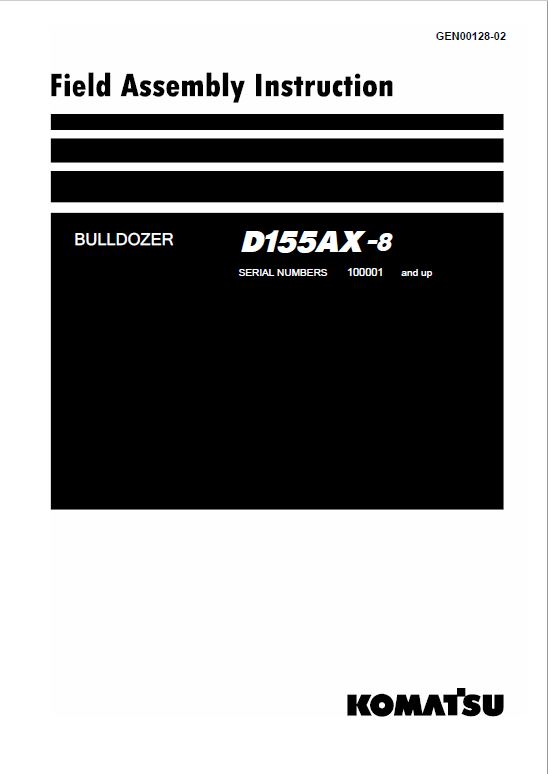


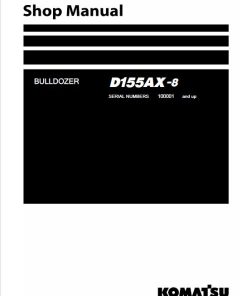
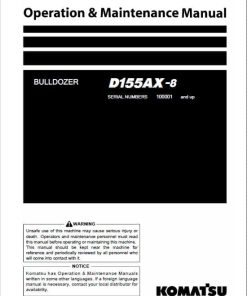

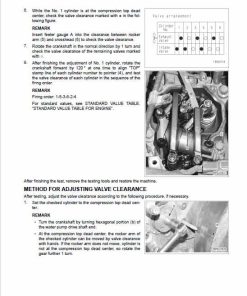
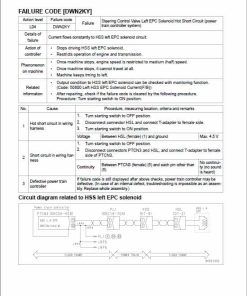


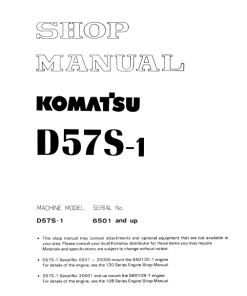
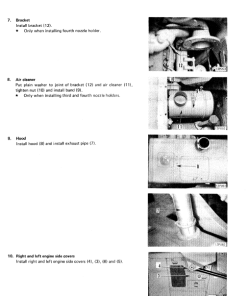

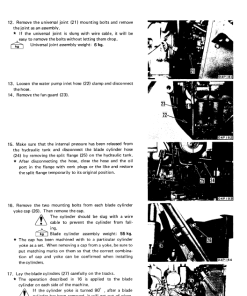
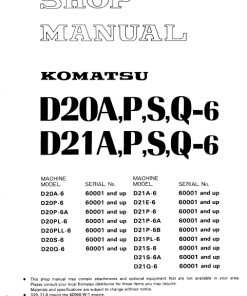
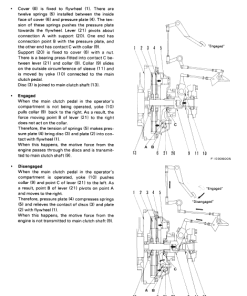
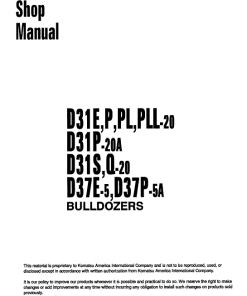
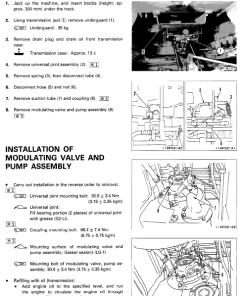
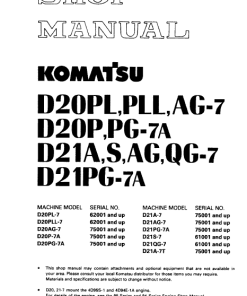
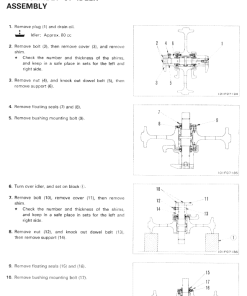
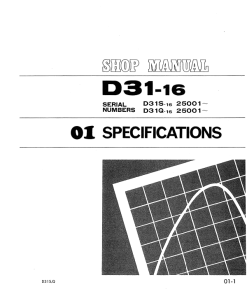
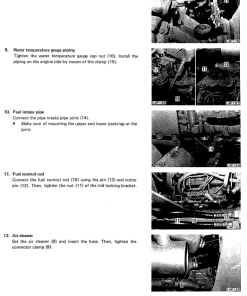
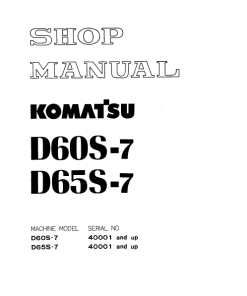
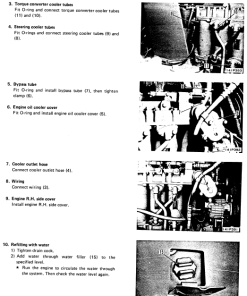
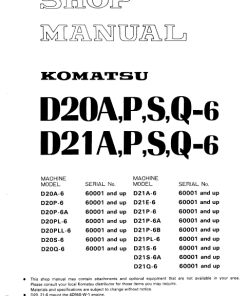
Reviews
There are no reviews yet.